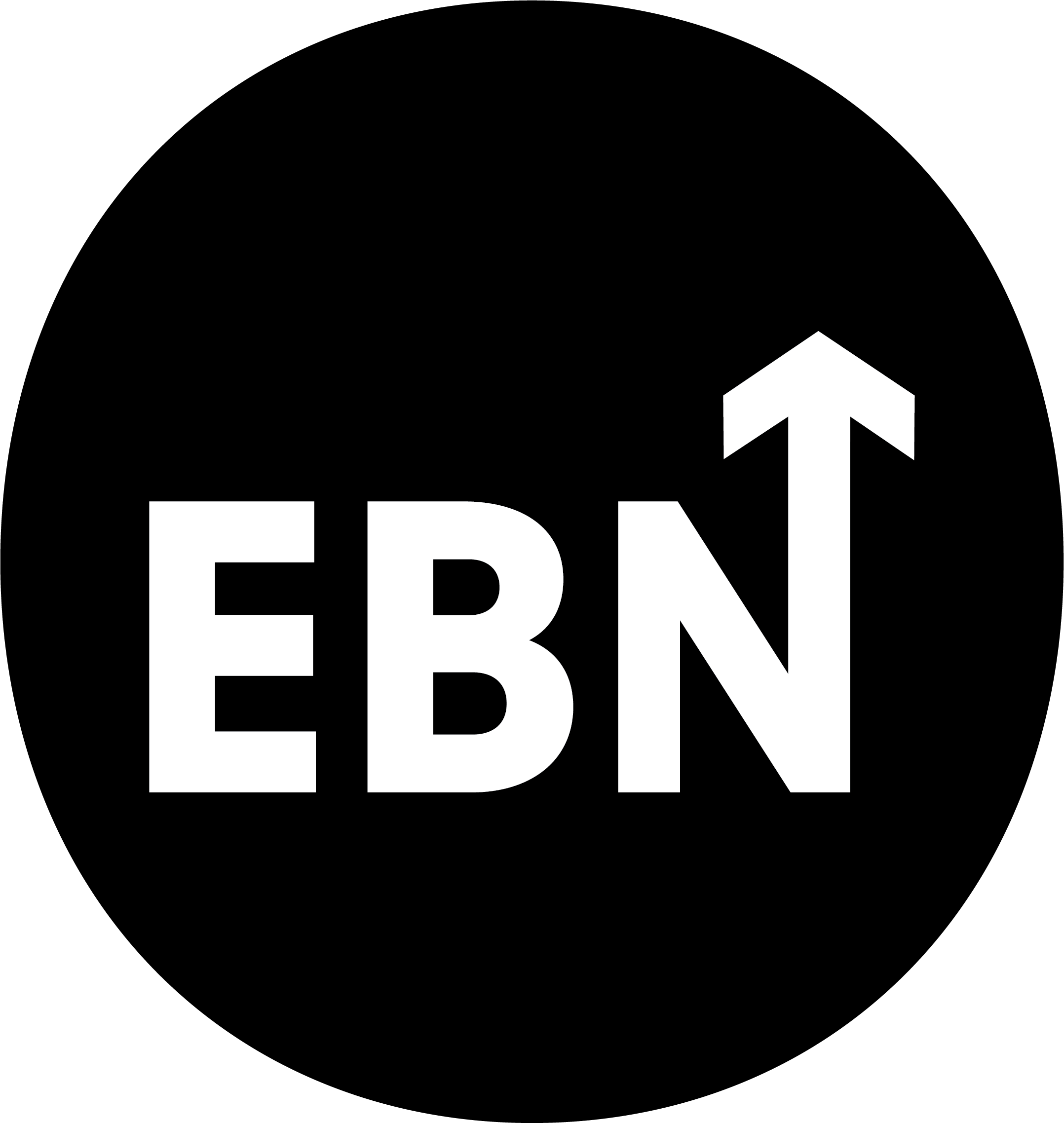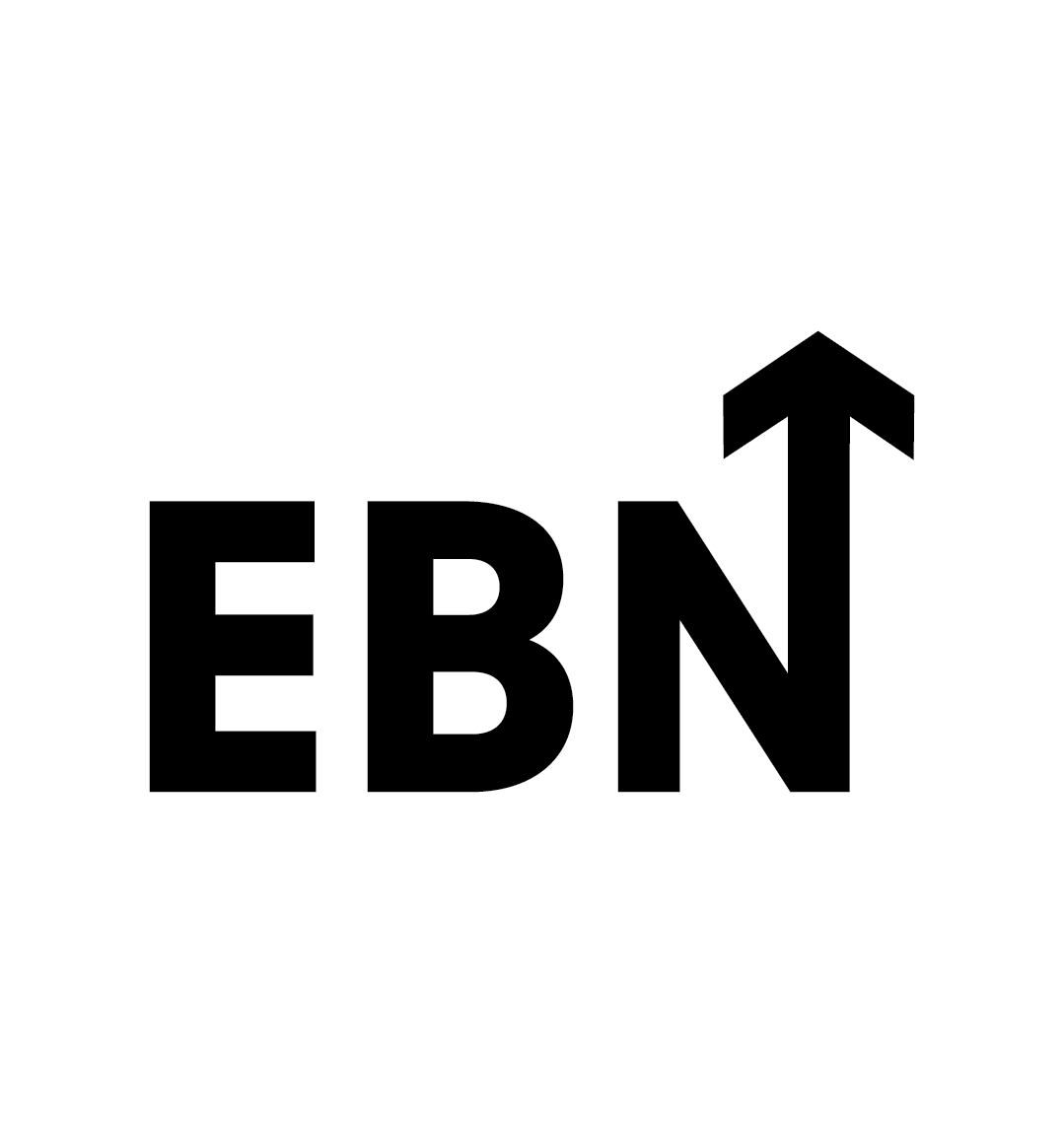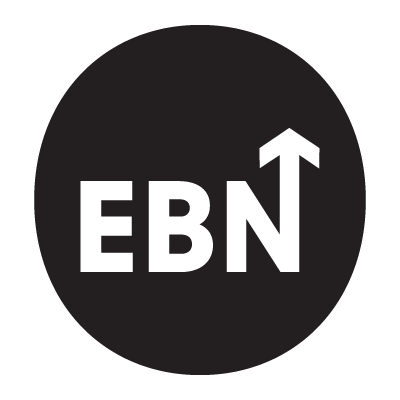The world of work isn’t just evolving, it’s in free fall. From AI disruption to shifting workforce priorities, the Mercer 2024-2025 Global Talent Trends report reveals a business landscape where agility, skills, and leadership will make or break employer brands.
We’ve already dissected the WEF Future of Jobs 2025, Randstad Global Talent Trends, and LinkedIn’s Future of Recruiting reports. Now, we’re adding Mercer’s insights to the mix, uncovering what’s driving the next wave of talent transformation and where employer branding fits in.
This chart shares the top ten priorities for HR in 2025 organized by region. The regions include Global; Asia; Europe and UK; India, Middle East & Africa; Latin America & Caribbean; Pacific; and US & Canada.
Mercer’s Key Findings: What They Mean for Employer Branding
1. AI Is Here, And It’s Not Just Automating Jobs
- 53% of executives expect AI and automation to boost productivity by 10-30% over the next three years .
- The real differentiator? Human-AI collaboration, not just AI-powered efficiency.
🎯 Employer Branding Impact:
- Move past the fear-based AI narrative, employees want to know how AI will enhance their jobs, not replace them.
- Showcase real stories of AI enabling smarter work, not just cost-cutting.
2. Skills Are the New Currency, But Companies Aren’t Paying Up
- 60% of workers trust their employer to help them transition if their job is eliminated, but many companies don’t follow through .
- Employers are rewarding skills development, but only 18% of employees feel they actually benefit from these programs .
🎯 Employer Branding Impact:
- An EVP focused on career mobility is now a must-have, not a nice-to-have.
- If employees don’t see a direct benefit, upskilling will remain a corporate buzzword.
3. Flexibility Is No Longer Just About Remote Work
- Only 33% of HR leaders say flexibility is a top priority .
- 76% of workers still consider flexibility a deciding factor for job moves .
🎯 Employer Branding Impact:
- Hybrid work is table stakes, real flexibility includes job sharing, non-traditional work models, and location-independent career paths.
- Stop talking about flexibility in job descriptions and prove it through actual employee stories.
4. Leadership Isn’t a Perk, It’s a Retention Strategy
- Weak leadership remains a top driver of attrition, yet only 36% of companies provide structured leadership development .
🎯 Employer Branding Impact:
- Leadership quality is employer branding. Make frontline managers part of your EVP.
- Elevate employee-driven leadership stories, candidates trust peer voices over corporate messaging.
5. Internal Mobility Is Finally Getting the Attention It Deserves
- 81% of companies are prioritizing internal mobility over external hiring .
🎯 Employer Branding Impact:
- Stop glorifying external hiring. Promote real career progression stories.
- Position your company as a career ecosystem, not just a job provider.
WEF, Randstad, LinkedIn & Mercer: The Talent Trends Showdown
|
Trend |
WEF Focus |
Randstad Focus |
LinkedIn Focus |
Mercer Focus |
Employer Branding Takeaway |
|---|---|---|---|---|---|
|
AI’s Role |
Job displacement risk |
Culture enhancement & bias reduction |
AI in recruiting & automation |
AI-augmented workforce |
From fear narrative to ethical leadership |
|
Skills-First Hiring |
Dropping degree requirements |
Growth-focused EVP |
AI-driven skills matching |
Skills as career currency |
Potential > Pedigree |
|
Flexibility |
Employee priority #1 |
76% would leave without it |
Declining emphasis on remote work |
Holistic flexibility models |
Flexibility isn’t a perk, it’s a baseline |
|
Leadership |
Barely mentioned |
Key to retention strategy |
Influence on hiring decisions |
Underfunded but critical |
Make leadership part of your brand story |
|
Internal Mobility |
Not highlighted |
81% prioritize it |
AI-powered internal hiring |
Career transitions over external hiring |
Showcase career pathways inside your org |
Action Plan for Employer Branding Leaders
AI Ethics Framework
Put your AI ethics policy front and center in recruitment campaigns. Candidates care.
Skills-First EVP
Refocus your EVP around skills development, not just job roles. Make growth part of your brand DNA.
Flexibility Showcase
Stop treating flexibility like a bullet point. Make it the headline.
Leadership Development Spotlight
Turn your leadership programs into employer brand gold. Feature them in employee testimonials, case studies, and social content.
Internal Mobility Campaigns
Highlight career progression within your company. Think less “career ladder,” more “career jungle gym.”
This chart shares the top ten priorities for HR in 2025 by industry. Industries include Automobile; Chemicals; Construction; Consumer goods; Financial Services; Healthcare; Insurance; Life Sciences; Manufacturing; Natural resources; Oil & Gas; Power, Utilities & Renewables; Professional Services; Retail; Technology, Media & Communications; Transportation & Logistics.
The Mercer report confirms what we’ve seen across WEF, Randstad, and LinkedIn: employer branding isn’t about slogans. It’s about delivering on workforce priorities.
As we’ve said before: The future of work is unfolding now. Move fast, or get left behind.
Takeaways
AI is transforming jobs, not just automating them.
Employer branding must embrace human-machine collaboration, not just AI efficiency.
Skills-first hiring is accelerating, but workers want proof.
EVP strategies must show clear paths for career growth.
Flexibility must evolve beyond remote work.
Job sharing, gig models, and non-traditional career paths matter.
Weak leadership is an employer brand killer.
Companies need to invest in leadership development, not just corporate culture.
Internal mobility is overtaking external hiring.
Candidates now expect growth inside an organization, not just outside it.
Employer branding must align with reality.
Empty promises around AI, flexibility, or skills development will drive disengagement.
Companies that don’t adapt will lose talent.
The future of work isn’t coming, it’s already here.





